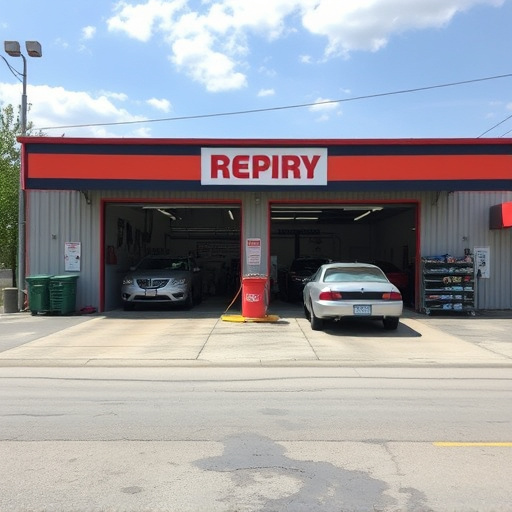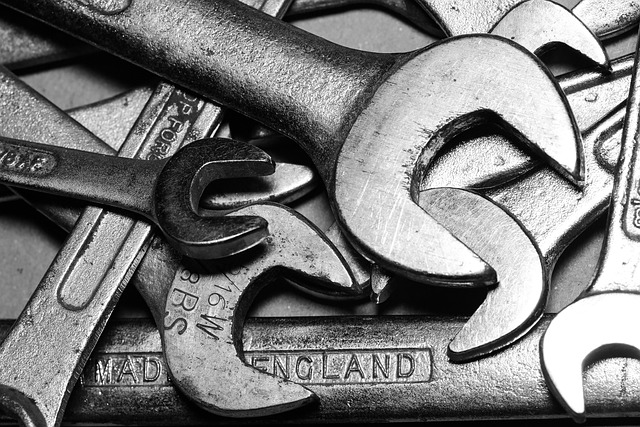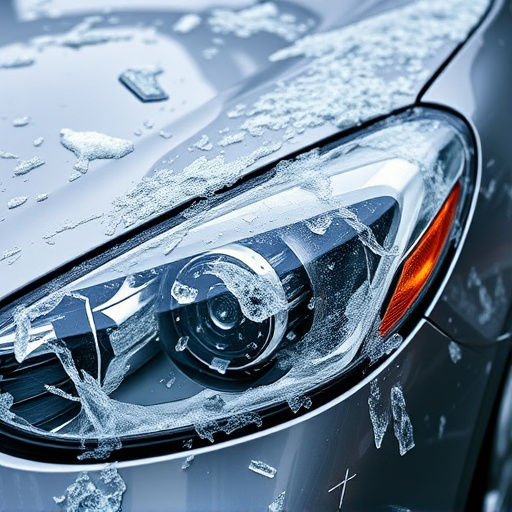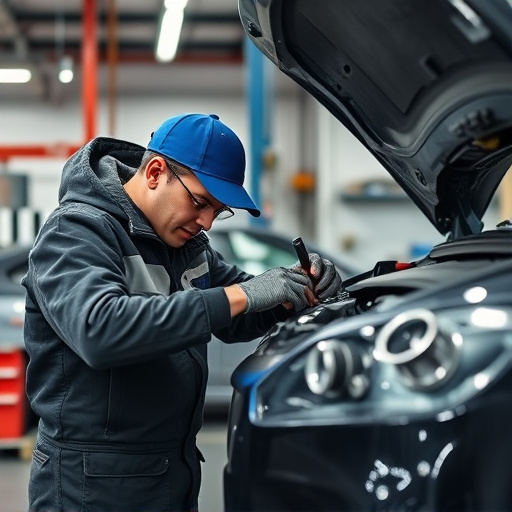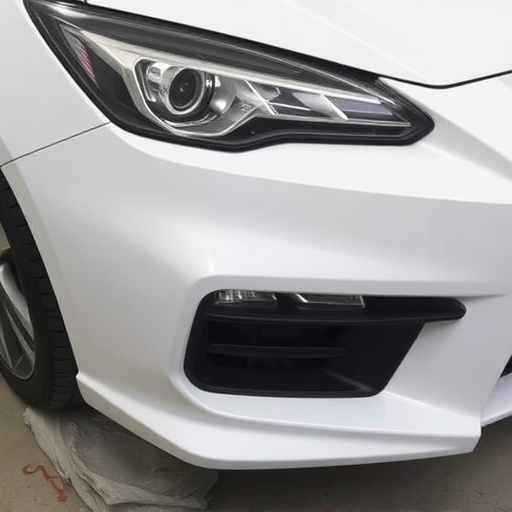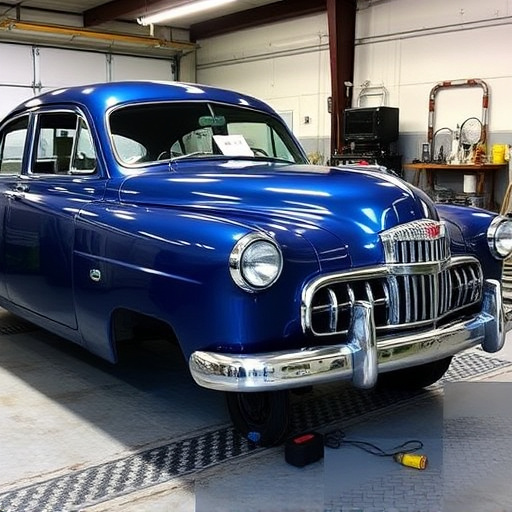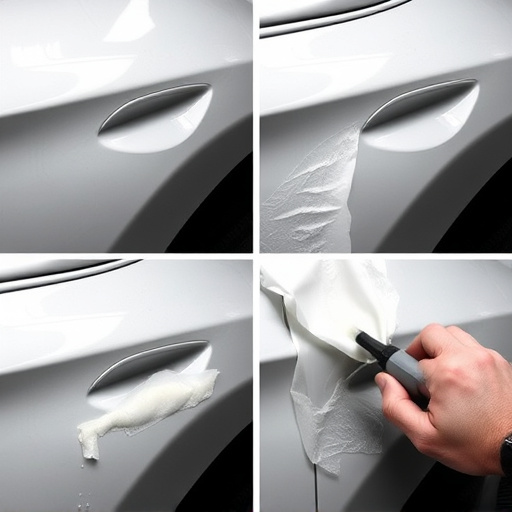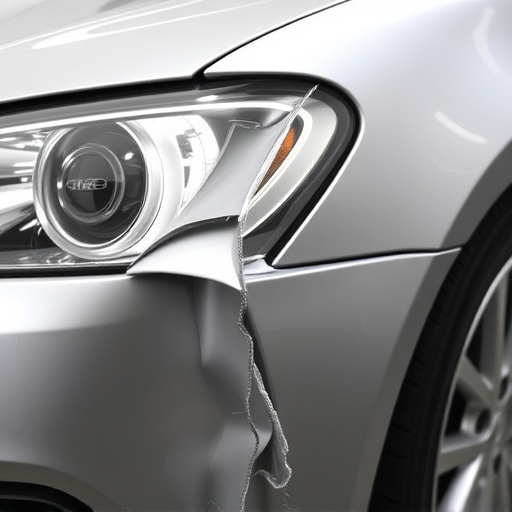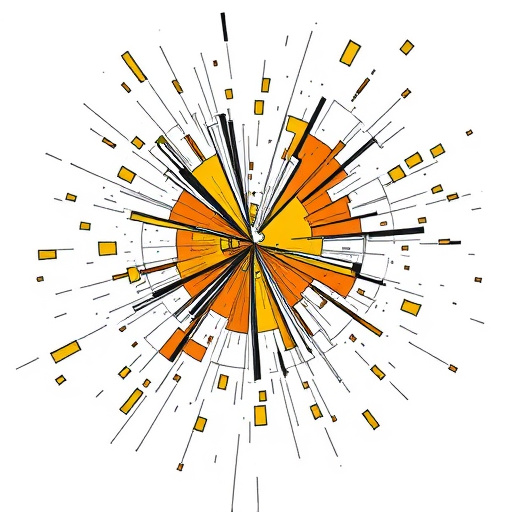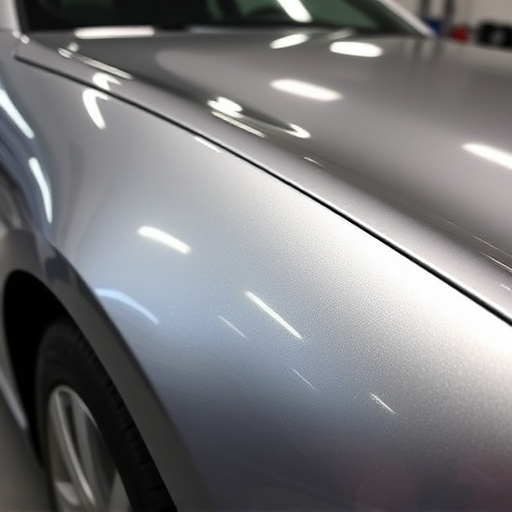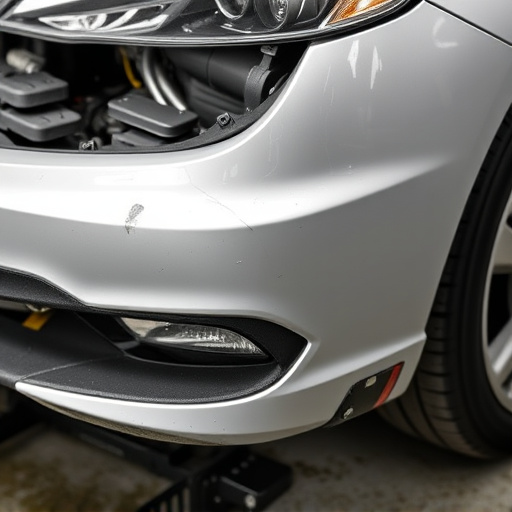Not all repairs meet insurance standards. For insurance-approved repair certification in auto body work, collision centers must adhere to structural integrity, precise techniques, and manufacturer specs. Prompt damage assessment is crucial for both homes and vehicles. Certification involves detailed estimates, proficiency demonstrations, accurate assessments, and high-quality workmanship, with regional variations and insurer guidelines to consider. Many insurers offer training programs to simplify the process.
“Unsure when to seek insurer repair approval certification? This guide unravels the intricacies of navigating insurance-approved repairs for your property. From understanding specific requirements to mastering the timeline, we break down the process step by step.
Learn when it’s time to initiate the certification process and how to prepare for successful claims. Whether your property demands immediate attention or routine upkeep, this article equips you with the knowledge to ensure smooth insurance-approved repairs.”
- Understanding Insurance-Approved Repair Requirements
- When Your Property Needs Repairs: The Go-To Timeline
- Navigating the Process: Getting Certified for Insurance Claims
Understanding Insurance-Approved Repair Requirements

Before diving into the process of applying for insurer repair approval certification, it’s crucial to grasp the underlying requirements set by insurance companies for what constitutes an insurance-approved repair. This involves understanding that not all repairs are created equal; only those adhering to specific standards and using approved materials will receive the green light. For instance, when dealing with a simple car dent repair, the focus shifts from swift fixing to ensuring structural integrity and aesthetic precision.
When it comes to more intricate auto body repair or even a collision repair, insurers demand meticulous attention to detail, precise techniques, and adherence to manufacturer specifications. This is to guarantee not just the safety of the vehicle but also its longevity after the repair. Collision repair centers that wish to receive and maintain this approval must stay abreast of these evolving standards, invest in high-quality tools and materials, and foster a culture of precision work that resonates with insurance companies’ stringent requirements for insurance-approved repair.
When Your Property Needs Repairs: The Go-To Timeline
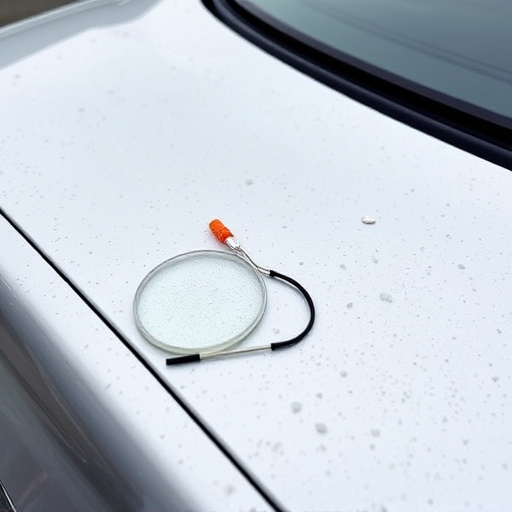
When your property—be it a home or a vehicle—needs repairs, understanding when to seek insurance-approved repair certification is crucial. The timeline for this process varies depending on the extent of damage and the type of property. For residential properties, immediate action is often necessary. If you notice structural issues, water damage, or significant cosmetic concerns like large cracks in walls or floors, it’s best to contact your insurer promptly. They can guide you through the initial assessment and provide a clear timeline for repairs, ensuring everything is insurance-approved.
In the case of vehicles, such as cars or trucks, even minor damages like a dented bumper or scratches require attention. While some smaller issues might be resolved by DIY methods or quick fixes, more complex automotive body work, including frame straightening and panel replacement, necessitates professional care. Seeking insurance-approved repair certification in these scenarios helps ensure that the work is done correctly, maintains vehicle safety, and aligns with your insurance provider’s guidelines, ultimately streamlining the claims process.
Navigating the Process: Getting Certified for Insurance Claims
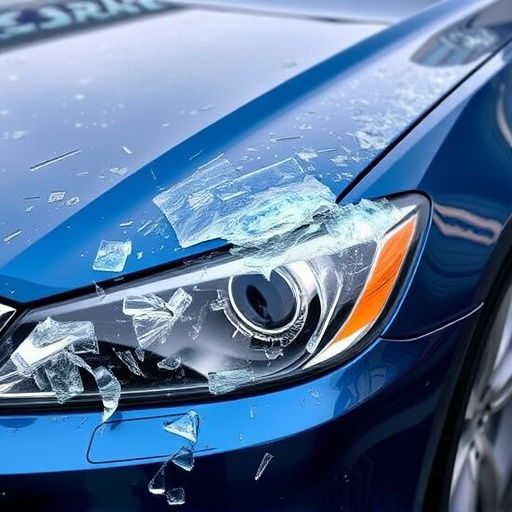
Navigating the process to obtain insurance-approved repair certification is a crucial step for professionals in the auto body repair industry. It ensures that repairs meet the required standards and specifications, which are essential for claiming insurance and maintaining customer satisfaction. The journey begins with understanding your local regulations and insurance company requirements. Different regions have varying guidelines, so it’s imperative to research and familiarize yourself with the specific criteria.
Obtaining certification involves a series of steps, from preparing detailed estimates to demonstrating proficiency in specialized techniques such as dent removal and autobody repairs. You’ll need to showcase your ability to accurately assess damage, choose the right materials, and execute high-quality workmanship. Many insurance providers offer training programs or approved courses that educate professionals on industry best practices, ultimately facilitating the certification process.
Knowing when to apply for an insurance-approved repair certification is crucial for a smooth claims process. By understanding the specific requirements and timing, homeowners can ensure their repairs meet industry standards and expedite insurance claim approvals. With the right guidance, navigating this process becomes manageable, allowing you to focus on rebuilding and restoring your property efficiently.
